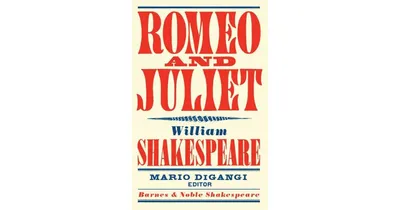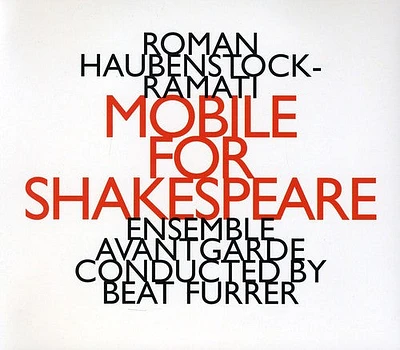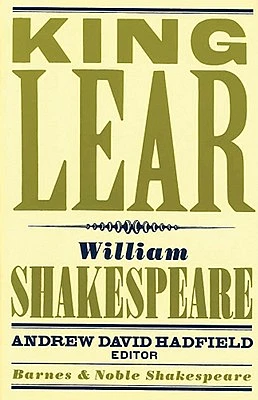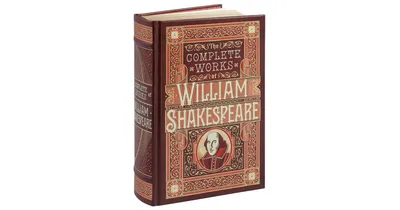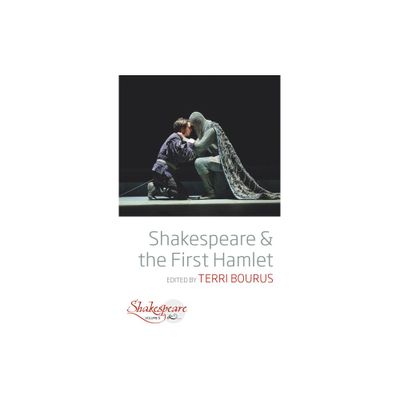Home
Roman Haubenstock-Ramati: Mobile for Shakespeare
Loading Inventory...
Barnes and Noble
Roman Haubenstock-Ramati: Mobile for Shakespeare
Current price: $22.99


Barnes and Noble
Roman Haubenstock-Ramati: Mobile for Shakespeare
Current price: $22.99
Loading Inventory...
Size: OS
*Product Information may vary - to confirm product availability, pricing, and additional information please contact Barnes and Noble
Roman Haubenstock-Ramati
is a European counterpart of the New York School having been born around the same time as
John Cage
(1919) and died near that time as well (1994). Interestingly, his "mobiles," of which there are several in his cannon, and this one dates from 1958, are strange amalgams of early-20th century systems and indeterminacy.
Haubenstock-Ramati
owes a great debt to his fellow Polish countryman
Witold Lutoslawski
for the schematic of dynamic and drama in a given composition and to
Gyorgy Ligeti
for his unusual use of both spoken and sung voices. There are four compositions here performed stellarly by
the Ensemble Avantgarde
. The first, from 1960,
"Credentials, or Think, Think, Lucky,"
owes much to
. The orchestral palette is minimal, consisting mainly of percussion instruments and a poetic text theatrically recited in English. Frankly, one has to winder at its inclusion here because it is literally a snooze. The text isn't even enough to hold one's attention. The six-movement string quartet from 1977 is another story. Here the notational restraint and slowly assembled compositional architecture are based on a quietly shifting set of tones and timbres exchanged by members of the group. There is a melodic framework pieced into the first and last movements, where in the second the composer attempts to take the traditional dualism of the sonata's form and contrast it with dynamic tension and timbral excess. The third and fifth movements are written in strict isorhythmic canons. However, the players are allowed to choose melodic elements from given sets of pre-determined pitches, combining what is stable and what is mobile. The
"Mobile for Shakespeare"
(1958) is very much like one of
John Zorn
's game pieces, based on sets of pre-arranged pitches and rhythmic concerns that allow the performer a vast freedom of meter, accent, timbre, tone, and dynamic within a given frame. While it's true no two performances could ever be the same, as the sonnets are sung (numbers 53 and 54), this one is wonderfully restrained, allowing for a vocal performance by
Kerstin Kelin
that is, to say the least, otherworldly. The set closes with a truly gorgeous marimba solo entitled
"Liaisons"
from 1958. If the opening excess had been left off this set, it would have been nigh on perfect. ~ Thom Jurek
is a European counterpart of the New York School having been born around the same time as
John Cage
(1919) and died near that time as well (1994). Interestingly, his "mobiles," of which there are several in his cannon, and this one dates from 1958, are strange amalgams of early-20th century systems and indeterminacy.
Haubenstock-Ramati
owes a great debt to his fellow Polish countryman
Witold Lutoslawski
for the schematic of dynamic and drama in a given composition and to
Gyorgy Ligeti
for his unusual use of both spoken and sung voices. There are four compositions here performed stellarly by
the Ensemble Avantgarde
. The first, from 1960,
"Credentials, or Think, Think, Lucky,"
owes much to
. The orchestral palette is minimal, consisting mainly of percussion instruments and a poetic text theatrically recited in English. Frankly, one has to winder at its inclusion here because it is literally a snooze. The text isn't even enough to hold one's attention. The six-movement string quartet from 1977 is another story. Here the notational restraint and slowly assembled compositional architecture are based on a quietly shifting set of tones and timbres exchanged by members of the group. There is a melodic framework pieced into the first and last movements, where in the second the composer attempts to take the traditional dualism of the sonata's form and contrast it with dynamic tension and timbral excess. The third and fifth movements are written in strict isorhythmic canons. However, the players are allowed to choose melodic elements from given sets of pre-determined pitches, combining what is stable and what is mobile. The
"Mobile for Shakespeare"
(1958) is very much like one of
John Zorn
's game pieces, based on sets of pre-arranged pitches and rhythmic concerns that allow the performer a vast freedom of meter, accent, timbre, tone, and dynamic within a given frame. While it's true no two performances could ever be the same, as the sonnets are sung (numbers 53 and 54), this one is wonderfully restrained, allowing for a vocal performance by
Kerstin Kelin
that is, to say the least, otherworldly. The set closes with a truly gorgeous marimba solo entitled
"Liaisons"
from 1958. If the opening excess had been left off this set, it would have been nigh on perfect. ~ Thom Jurek
